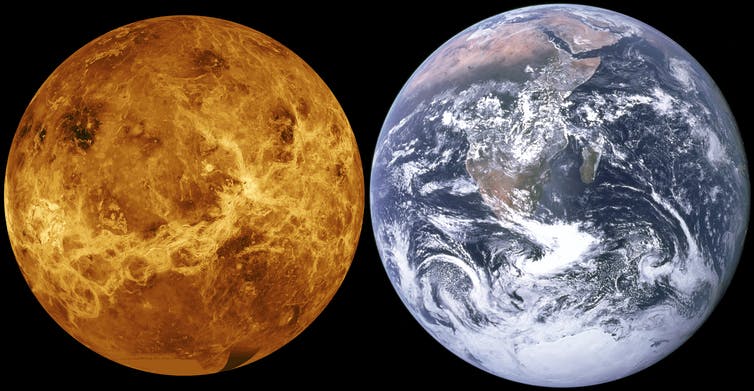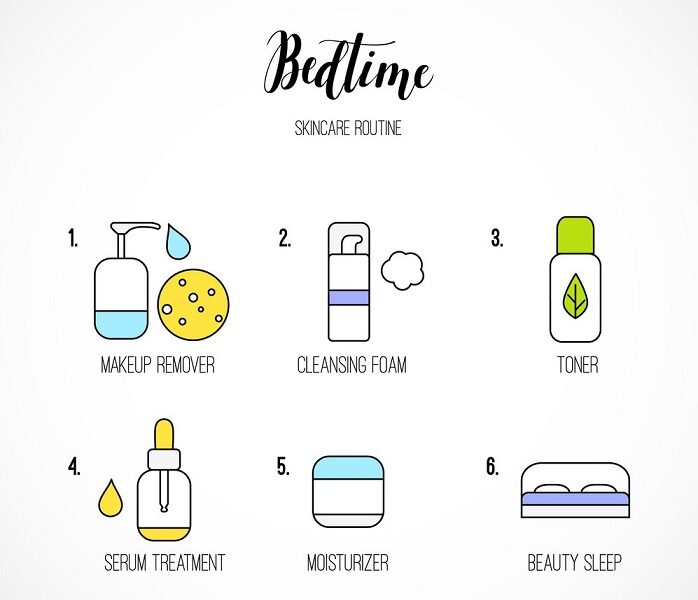
NASA will be heading towards Venus for the first time in decades
Hello to the evil twin of the Earth, Venus! NASA’s next two missions, DAVINCI+ and VERITAS, will lead to Venus, Secretary Bill Nelson announced at a June 2 news conference.
“Both missions aim to understand how Venus has become a hellish world where it can melt lead to the surface,” Nelson said. “We hope these missions will improve our understanding of how the Earth evolved and why other planets in the solar system are not habitable even though there are habitable zones on Earth today.”
The mission was selected from four finalists, two of which were connected to Venus, one to Jupiter’s volcanic satellite Io, and one to Neptune’s largest moon Triton. The two Venus missions were applied and rejected in the spacecraft’s previous selection round. Venus is about the same size as Earth, but it looks like there was another story. There is evidence that it was once covered by the sea and may have been inhabited, but it is now a scorching hellish landscape covered in clouds of sulfuric acid. No spacecraft remained on the surface for more than 2 hours (SN: 02/13/18). NASA’s newly selected missions, DAVINCI+, will send the spacecraft into the planet’s dense, hot atmosphere for the first time in decades. A spacecraft is a sphere about 1 meter in diameter that takes about an hour to sink into Venus’ atmosphere and measures how the contents of the planet’s atmosphere change from top to bottom. The spacecraft will also take a portion of a high-resolution photo of the surface of Venus during its descent.

These observations help scientists understand how Venus’ water has changed over time, current and past volcanic activity, and the planet’s past habitability (SN:8/26 /). 16).
“DAVINCI+ provides atmospheric measurements that are absolutely necessary to define some basic limits in one of the two Venus scenarios. It has always been in its current state. Or has been habitable and destroyed for some time,” says Paul Burn, a planetary researcher at North Carolina State University in Raleigh. Burn is not involved in any of the missions but is a member of NASA’s Venus Exploration Commission member. This data also helps scientists interpret observations of Earth-sized exoplanets, including the atmosphere that could be captured by future James Webb space telescopes, and researchers say that outer planets provide a way to distinguish outer planets (SN: 4/10/19)
Another mission, VERITAS, orbits Venus and examines the planet’s surface to discover its history and why it’s different from Earth. Orbiters use radar to map surfaces, record elevations, and create 3D maps to look for Venus’s tectonic plates and volcanic activity. These observations can provide data for future missions (SN:23.12.20) landing on Venus. “With VERITAS, we can discover a whole new Venus,” says Burn. NASA said in a statement that the mission is expected to start between 2028 and 2030.







